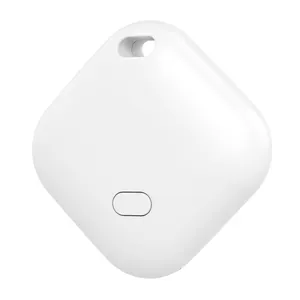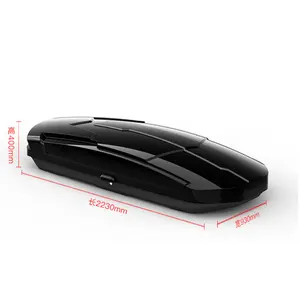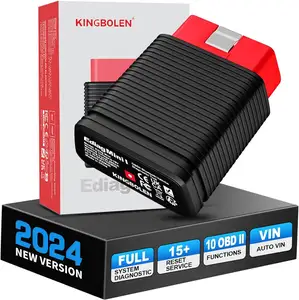Beliebt in Ihrer Branche






4G G51 Haustier-Tracker Echtzeit-Positionierung Fernbedienung Verlorene Hunde Katzen- und Haustierortungsgerät wasserdichtes Tracker-Halsband GPS Haustier-Halsband
Sofort lieferbar
21,79 € - 25,96 €
Mindestbestellmenge: 2 Stück
Versand pro Stück: 6,85 €






Weltweit bester Mini-Echtzeit-GPS-Tracking-Motorrad Mini-GPS-Tracker für Auto-Fahrzeug-Fahrrad-LKW-Motor
Sofort lieferbar
6,31 € - 10,94 €
Mindestbestellmenge: 2 Stück
Versand pro Stück: 3,81 €




Neuestes Design Find My Smart Air Tags Schlüsselfinder-Locator Brieftasche Gepäck Haustier-Tracking Mini-GPS-Tracker für IOS
1,77 € - 3,90 €
Mindestbestellmenge: 2 Stück
Versand pro Stück: 5,31 €







Yuangu YG-T92 Hot Gps Tracker Mit Schock Alarm Auto Gps Tracker gps tracker
Sofort lieferbar
7,24 € - 12,80 €
Mindestbestellmenge: 2 Stück
Versand pro Stück: 3,81 €

- 30%






RSH Smart Tag MFi zertifiziert Find My iTag rund intelligenter GPS-Locator Anti Lost Key Finder Gepäcktracker für Apple
Sofort lieferbar
1,86 € - 2,69 €
Mindestbestellmenge: 5 Stück
Versand pro Stück: 0,8807 €







Schlussverkauf intelligenter Air Tag MFI zertifizierter Schlüsselfinder Standort-Tracker Haustierortungsgerät GPS-Tracker für Find Me
Sofort lieferbar
1,67 € - 3,43 €
Mindestbestellmenge: 2 Stück
Versand pro Stück: 5,31 €

Top-Kategorien
Über überschreitung gps-tracker
Alibaba.com bietet 101 überschreitung gps-tracker Produkte an.
















